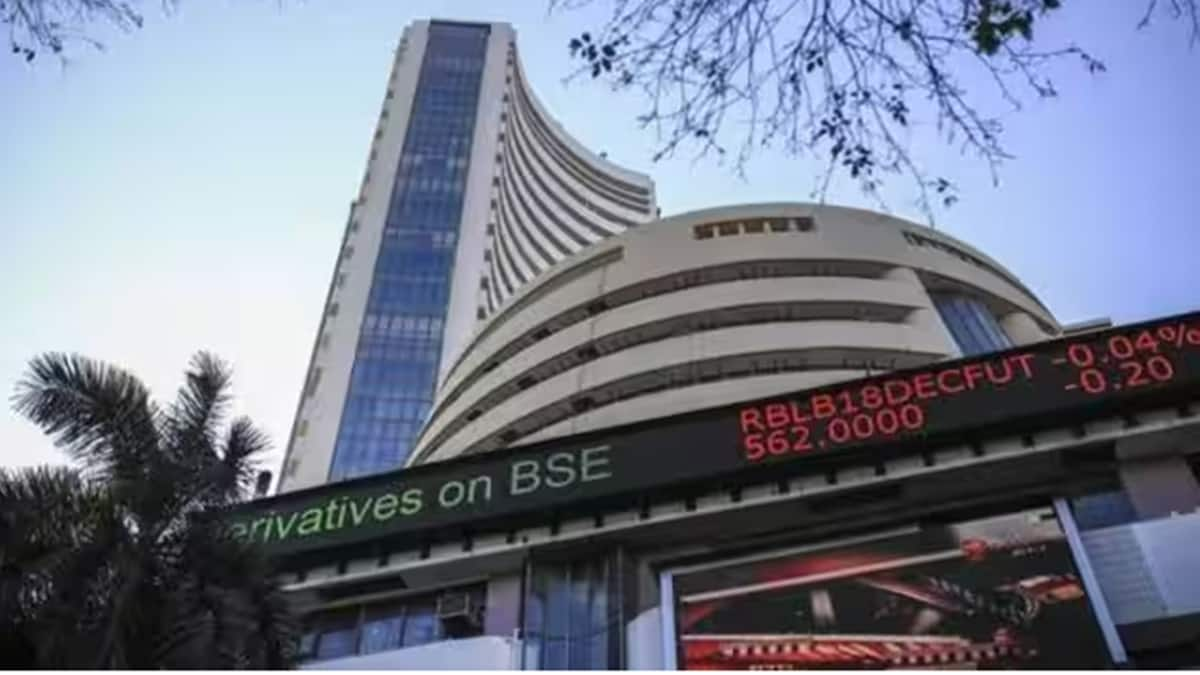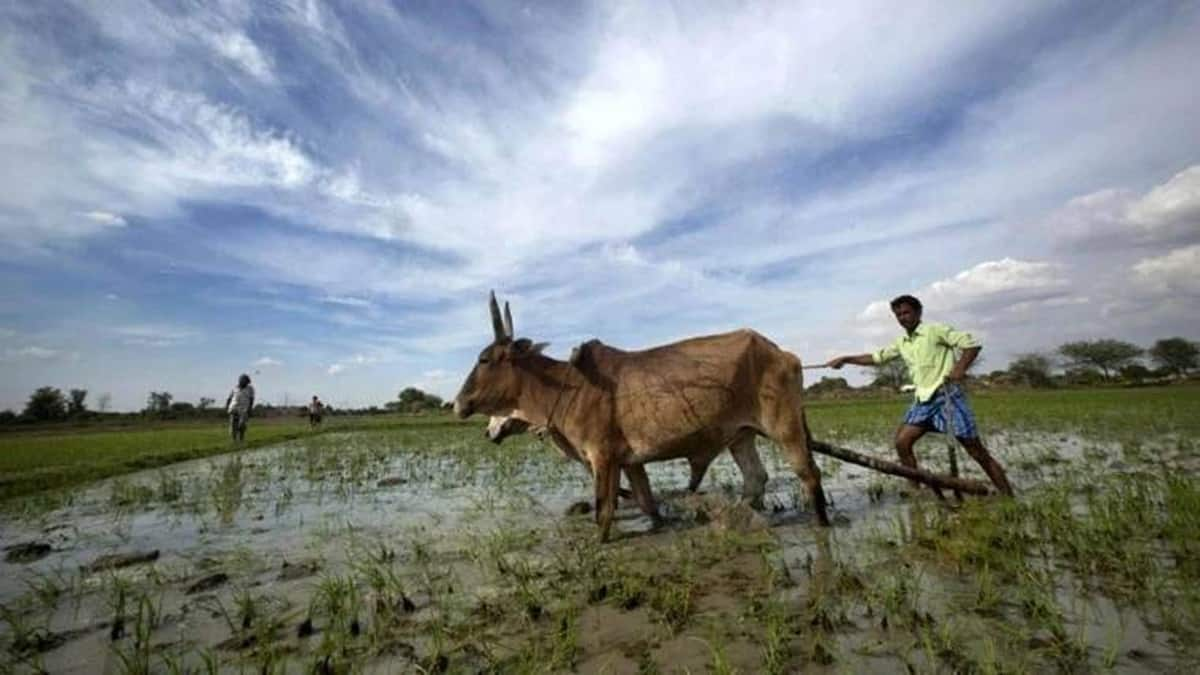Stocks bleed for sixth day in a row; Rs 3.17 trn wealth wiped out in a day
Equities took another tumble on Thursday, making it the sixth straight session of a sell-off as investors rushed for the exit. While prices of crude oil have eased and Brent was quoting at sub-$90/barrel, apprehensions that the West Asia conflict could be a prolonged one saw investors take money off the table. Elevated US Treasury yields, the possibility that the US Federal Reserve could yet hike interest rates and a subdued start to the earnings season, added to investors’ fears.
The Sensex plunged 900.91 points to close at 63,148.15. With investor wealth of Rs 3.17 trillion wiped out on Thursday alone, the total erosion of wealth over the last six sessions was a whopping Rs 17.8 trillion. Since the highs of September 15, the Sensex has given up close to 7%.The broader Nifty plummeted 284 points to close at 18,857.25, falling below the psychological 19,000-mark for the first time since June 30. The Nifty has now lost 6.6% since its September peak.
Nilesh Shah, MD and CEO of Kotak MF, said the geopolitical situation, ‘higher for longer’ US rates and elevated energy prices have created uncertainty. “Our valuation was at a premium to peers. Most investors are sitting on profits in India unlike other markets,” Shah said, adding there had been a barrage of bad news over the last few weeks.
He pointed out that in recent months, the market had seen poor-quality stocks outperforming quality. “There was some excess in micro-caps and mini-caps, which needed a correction.”
According to strategists at HSBC Global Research, a sharp rise in US bond yield, in part due to the Fed’s more hawkish policy outlook on better-than-expected economic data, as well as a rise in term premium, is negative for foreign fund flows into emerging markets. “And India is not isolated from this risk despite its strong macro outlook,” they said in a note.
Foreign Portfolio Investors (FPIs), who had sold a net $2.2 billion worth of stocks in September, have sold a net $1.3 billion in October till Wednesday. Provisional data from the exchanges showed that on Thursday, FPIs sold to the tune of Rs 7,702 crore, while Domestic Institutional Investors (DIIs) pumped in a net Rs 6,558 crore. DIIs had bought stocks to the tune of Rs 19,713 crore till Wednesday.
The selling has not been restricted to the larger stocks, but has been broad-based as seen in the advance-decline ratio below 0.7 in five out of the last six sessions.
The BSE MidCap and SmallCap indices slumped 2.2% and 2.9%, respectively, on Thursday, having shed a cumulative 5.9% and 6.2%, respectively, over the past six sessions.
Corporate earnings for the September quarter have been just about in-line with virtually no surprises and a few disappointments. While profits have risen, much of the earnings growth has come from cost-cutting measures and savings, with the increase in the top line very subdued. While the IT pack turned in decent numbers, the guidance was muted suggesting companies have little visibility on revenues.




Recent Comments